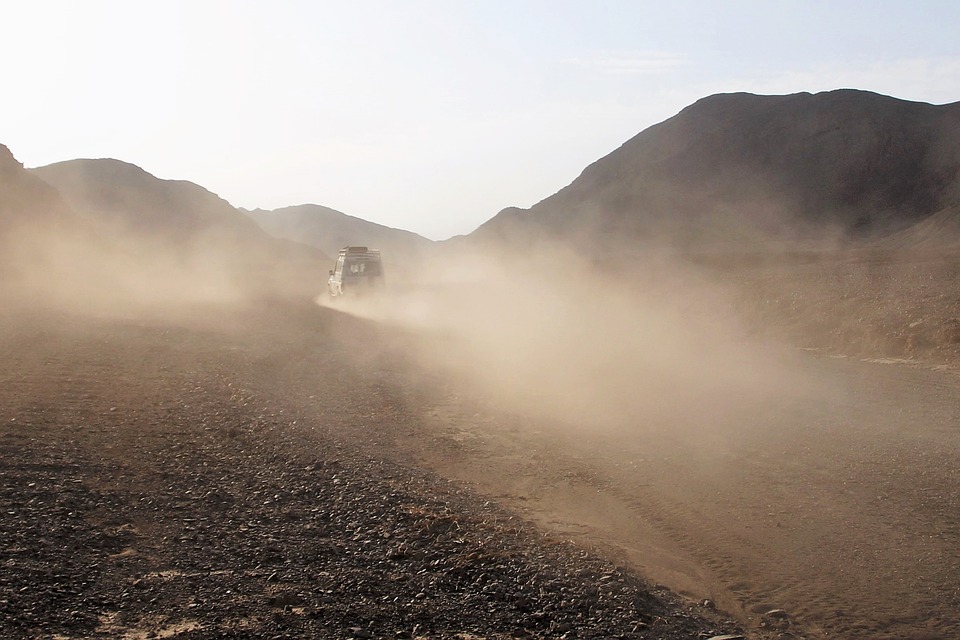- Home
- Science
- Our Work
- Air Pollution
- Agriculture, Farming and Pesticides
- Asthma and other Lung Diseases
- Coronavirus Pandemic (COVID-19)
- Exposure to Chemicals and Dust
- Exposure to Nanomaterials
- Human Exposure
- Neurodegenerative Diseases
- Musculoskeletal Disorders
- Occupational Cancer
- Sustainable Working
- Sustainability and Climate Change
- Stress, Wellbeing and Psychosocial Issues
- COVID-19 IOM Study of Face Coverings in Retail Environments
- Styrene Study
- PROTECT COVID-19 National Core Study
- Firefighters and Cancer – IOM Report
- MORtality Study of Former Professional Footballers in England and Wales (MORSE) Study
- Our Scientists
- Our Expertise
- Nano Material Services
- Development and Management of Data and Information Systems and Services
- Ergonomics Design and Evaluation
- Epidemiological Studies & Methods
- Exposure Assessment
- Health Impact Assessment (HIA) and Risk Assessment
- Policy Evaluations
- Study Design and Statistical Analysis
- Systematic Reviews and Meta-analyses
- Toxicology
- Workplace Cluster of Disease
- IOMLIFET
- IOM Scientists Advocate Tighter Standards for Airborne Dust at Work
- Research Project on Work Related Musculoskeletal Disorders
- Styrene Study
- Firefighters and Cancer – IOM Report
- IOM Library
- Contact our Research Experts
- Our Work
- Occupational Hygiene
- Case Studies
- Air Quality Sensors
- COSHH Assessment
- Dust Exposure
- Environmental Management
- Face Fit Testing
- Hand-Arm Vibration
- Indoor Air Monitoring
- Laboratory Animal Allergens
- Legionella Risk Assessment
- Local Exhaust Ventilation
- Noise Monitoring
- Thermal Exposure Monitoring
- Workplace Exposure Limits (WELs)
- Welding Fumes
- Remote Monitoring Services
- Formaldehyde Exposure Monitoring
- Biological Agent Exposure Monitoring in Waste Management
- Chromium VI
- Occupational Hygiene – Quick Quote
- Lab Services
- Asbestos and other Fibres
- Asbestos Sample Testing
- Asbestos Proficiency Testing
- Dust and Crystalline Silica
- Lead in Paint
- Metals, acid anions, acid gases
- Microbiology
- Pharmaceuticals
- Solvents & Other Organic Chemicals
- Hazard Assessment and Toxicology
- Dustiness Testing of Bulk Powders
- Lab Services Quick Quote
- Training
- Courses
- Face Fit Tester Training – Combined 2-day Course
- Face Fit Tester Training – Day 1 Qualitative Test Method
- Face Fit Tester Training – Day 2 Quantitative Test Method
- One Day Ventilation Maintenance Course
- BOHS Five Day Authorised Person (Ventilation) Course
- BOHS Three Day Competent Person (Ventilation) Course
- BOHS Two Day Competent Person (Ventilation) Refresher Course
- Contact our Training Team
- Courses
- Hospital Ventilation
- Authorising Engineer
- Dentistry Post Lockdown
- Design Review
- Independent Review
- Diathermic pen and Electro surgical tool testing
- Microbiological Monitoring
- Systems Refurbishment and Upgrade
- Validation and Verification Testing
- HSE COVID-19 Spot Check Inspections
- Training
- Contact Our Hospital Ventilation Experts
- Consultancy
- Our Company
- Contact Us

Dust and Crystalline Silica
Overexposure to dust in the air can be hazardous to employees in the workplace which can result in health problems. Dust and chemical exposure-related deaths make up 99% of work-related fatalities in Britain. Often dust particles pose the biggest threat as they go unnoticed to the naked eye.
Substances such as Quartz (the most common form of crystalline silica) and other crystalline silica phases cause serious lung disease and are widely present in dusts associated with quarrying, construction work and other workplace environments.
Dust monitoring, which involves measure and analysing dust levels, often plays a key role in managing workplace exposures to hazardous substances.
What is Dust Particle Analysis?
Once dust levels have been measured, we undertake gravimetric analysis of dust samples which can then be further analysed for other substances.
We can analyse for crystalline silica using X ray Diffraction (XRD), if there is a likelihood that quartz and/or high temperature silica phases such as cristobalite may be present (e.g. refractory products), or by infrared spectroscopy (IR) if quartz is the silica phase of interest (e.g. quarries, stone masonry).
Our scanning electron microscope (SEM) can be used to examine dust constituents at high magnification which when combined with elemental analysis by EDX can enable us to help clients identify specific dust sources such as cement dust or aluminium salt from a local stack.
SEM can be a powerful tool in the identification or elimination, of potential dust sources, causing a nuisance in the general environment or concern in work and other indoor environments.
How our experts can help?
- Carry out dust monitoring
- Analyse dust samples for potential hazardous substances
- Offer a range of analytical methods
- Help clients identify specific dust sources
Around 99% of work-related deaths in Britain are from exposure to dust and chemicals. In 2017/18, 144 people died in workplace accidents but around 13,000 died from cancer or respiratory diseases caused by past occupational exposures.
IOM is a UKAS accredited testing laboratory No 0374; covering the gravimetric analysis of dust on filters, crystalline silica by XRD and quartz by IR.

